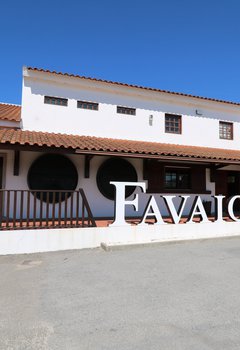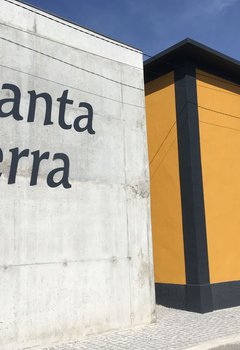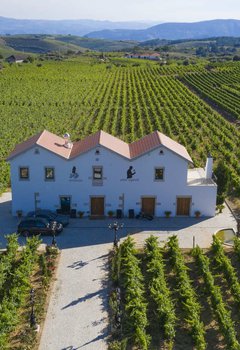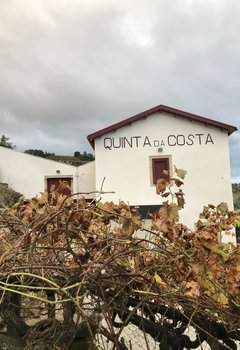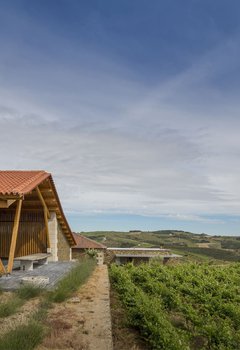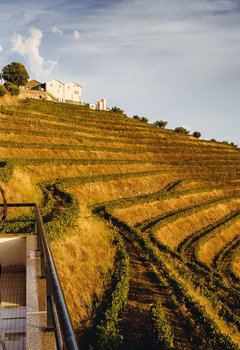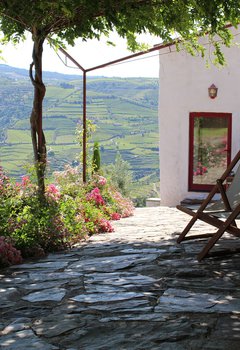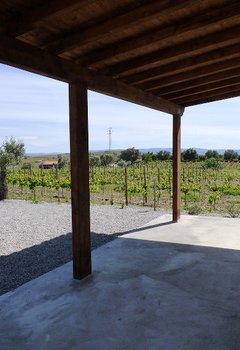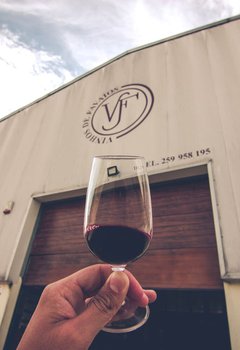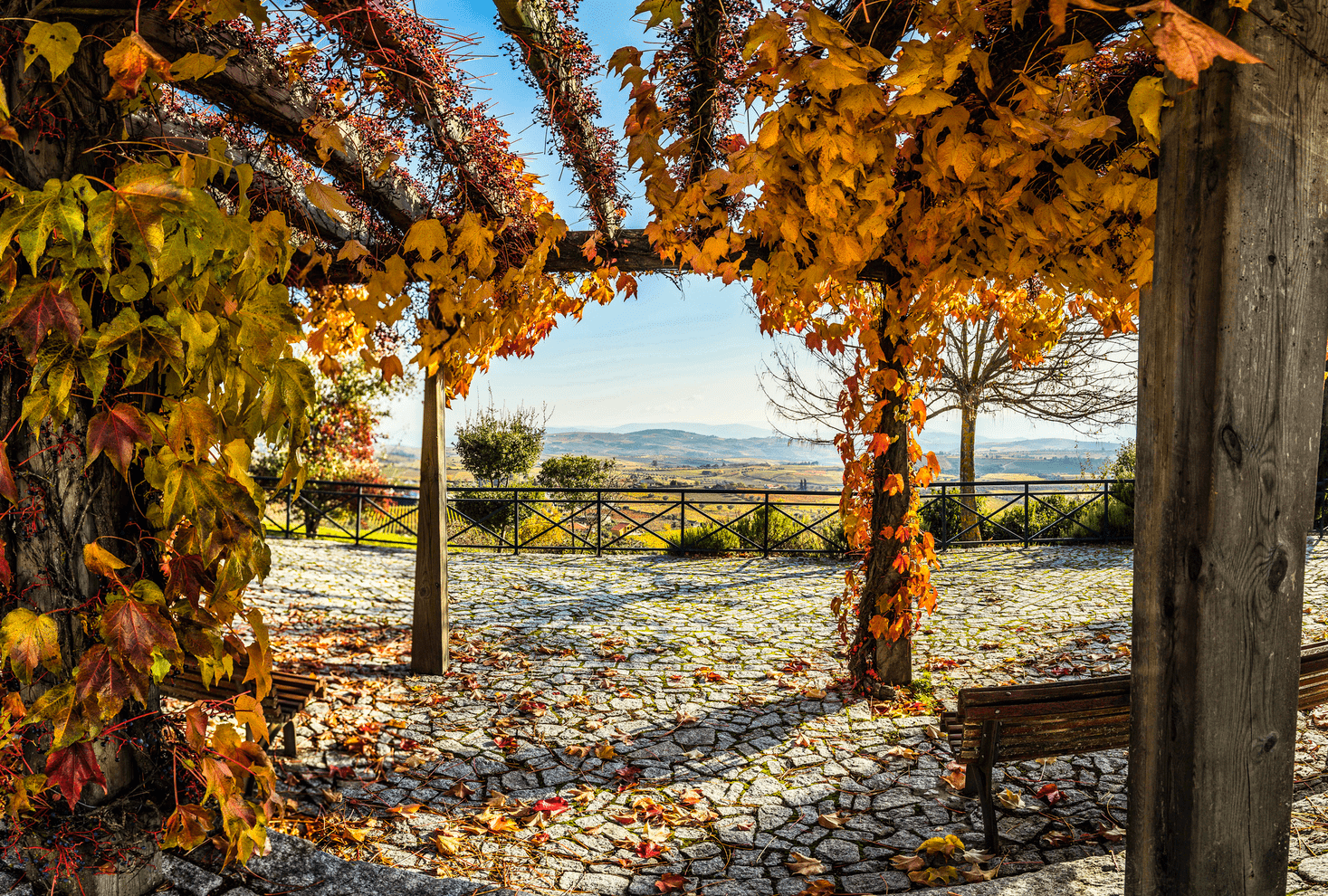
Wine Tourism
History of Favaios Wine
The famous Moscatel of Favaios, derived from the Moscatel Galego grape, has been produced in the town since the 18th century, and is currently the main driver of the local economy, reflected in all facets of the village. Soft is its aroma, sweet is its nectar.
Its floral aromas grow more than 600 metres above sea level, with the sweetness of its people intertwining with the land endowed with unique characteristics, rising up the gentle slopes of the surrounding landscape.
The history of Muscatel is a history of sweat. Of unimaginable struggles and willpower. Nectar comes from the earth, but is made by the heart. In times gone by, it was decreed that Muscatel should not be grown on the lands of Favaios, as they were taller than what was decreed by the powers that governed the production of the wines.
But the feeling of the people of Favaios was bigger than the adversities, and with this, the institution that is today one of the pillars of the community, Adega Cooperativa de Favaios, was created in 1952, with small and large producers coming together for a dream.
The dream that today is a reality. And that has reached the whole world.
Moscatel de Favaios
Terroir
The connection of Moscatel of Favaios to the territory is undeniable. The terroir influences the characteristic flavour of this wine, with the climate, the soil and its aspect giving the nectar its unique sweetness. At over 600 metres above sea level, in fertile, stony soil surrounded by a cool climate, the grape variety can achieve a level of sugar and a strong, prominent aroma, giving the nectar an endearing sweetness, with hints of honey and jam, touched up by discreet tones of orange, tangerine, apricot and butter.
The characteristics of the grape variety influenced by this unique terroir also allow it to be used to create sparkling wines and dry white wines that are highly appreciated.
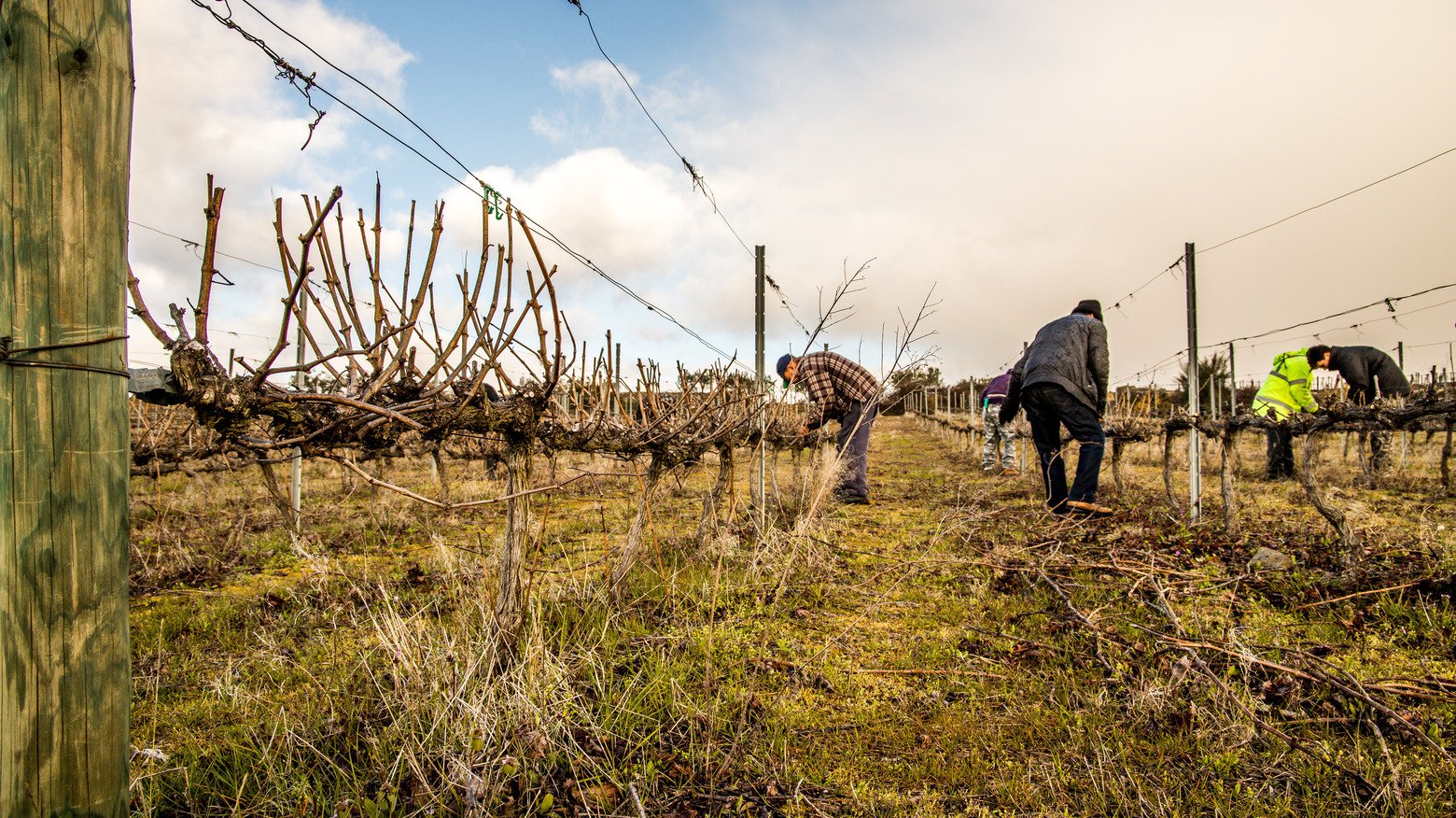

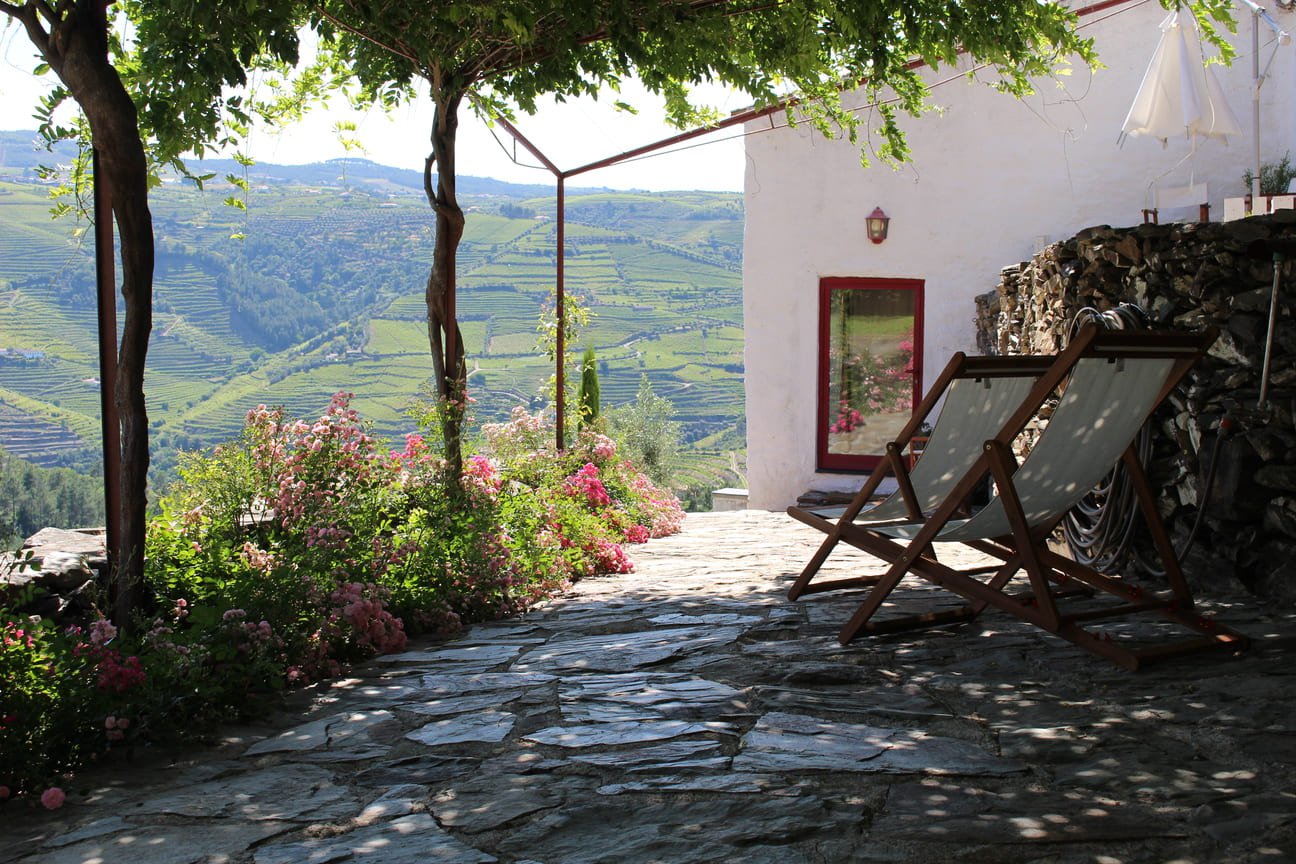
Quinta da Salgueira
Morada: Quinta da Salgueira, 5070-275 Favaios
Contactos: +351 913 852 238
Coordenadas: 41.24945,-7.52640
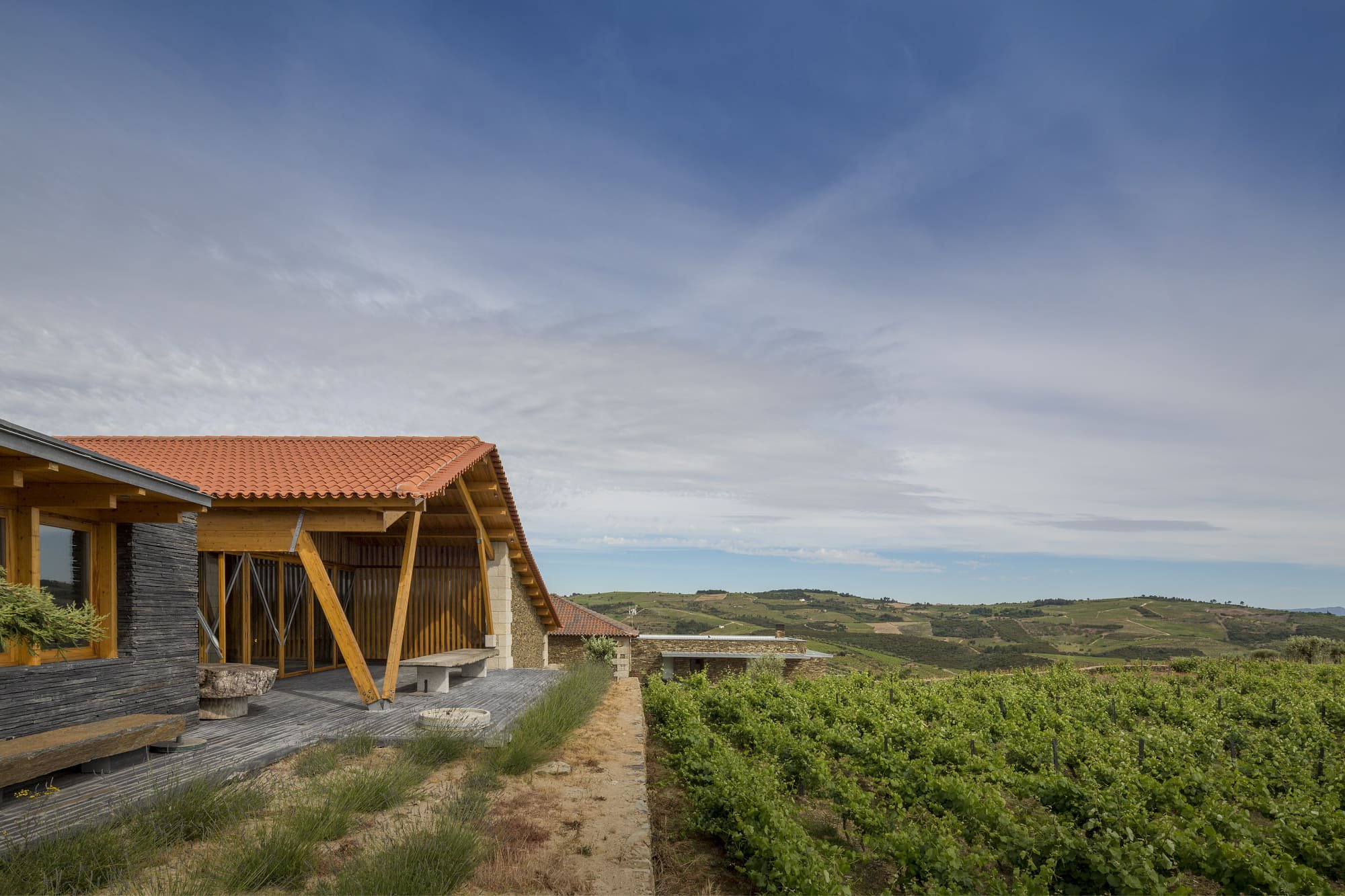
Quinta da Faísca
Morada: Quinta da Faísca 5070-270 Favaios
Contactos: +351 969 922 795
Coordenadas: 41.24601,-7.49608

O Cleto
Morada: Rua de São Domingos, 27 , 5070-264 Favaios
Contactos: +351 259 958 282
Coordenadas: 41.27192,-7.50024

Quinta da Avessada
Morada: Rua Direita, nº 26, 5070-272 Favaios
Contactos: +351 259 949 289
Coordenadas: 41.25065,-7.49588
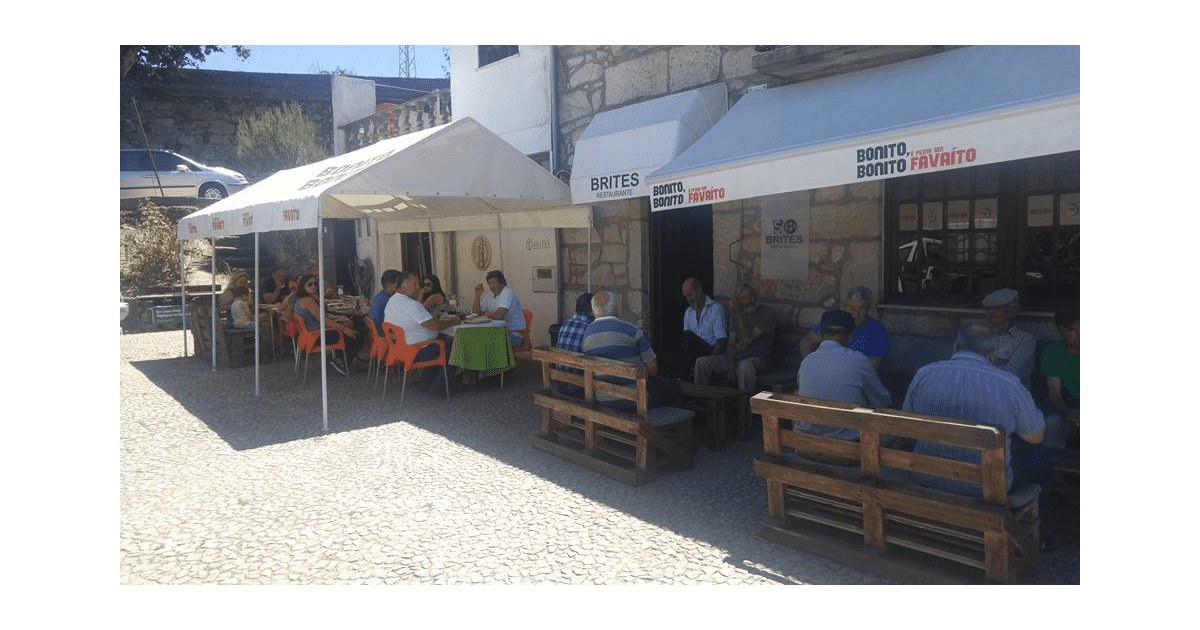
Restaurante Brites
Morada: Rua do Outeiro 11, 5070-261 Favaios
Contactos: +351 259 093 047
Coordenadas: 41.26878,-7.50378
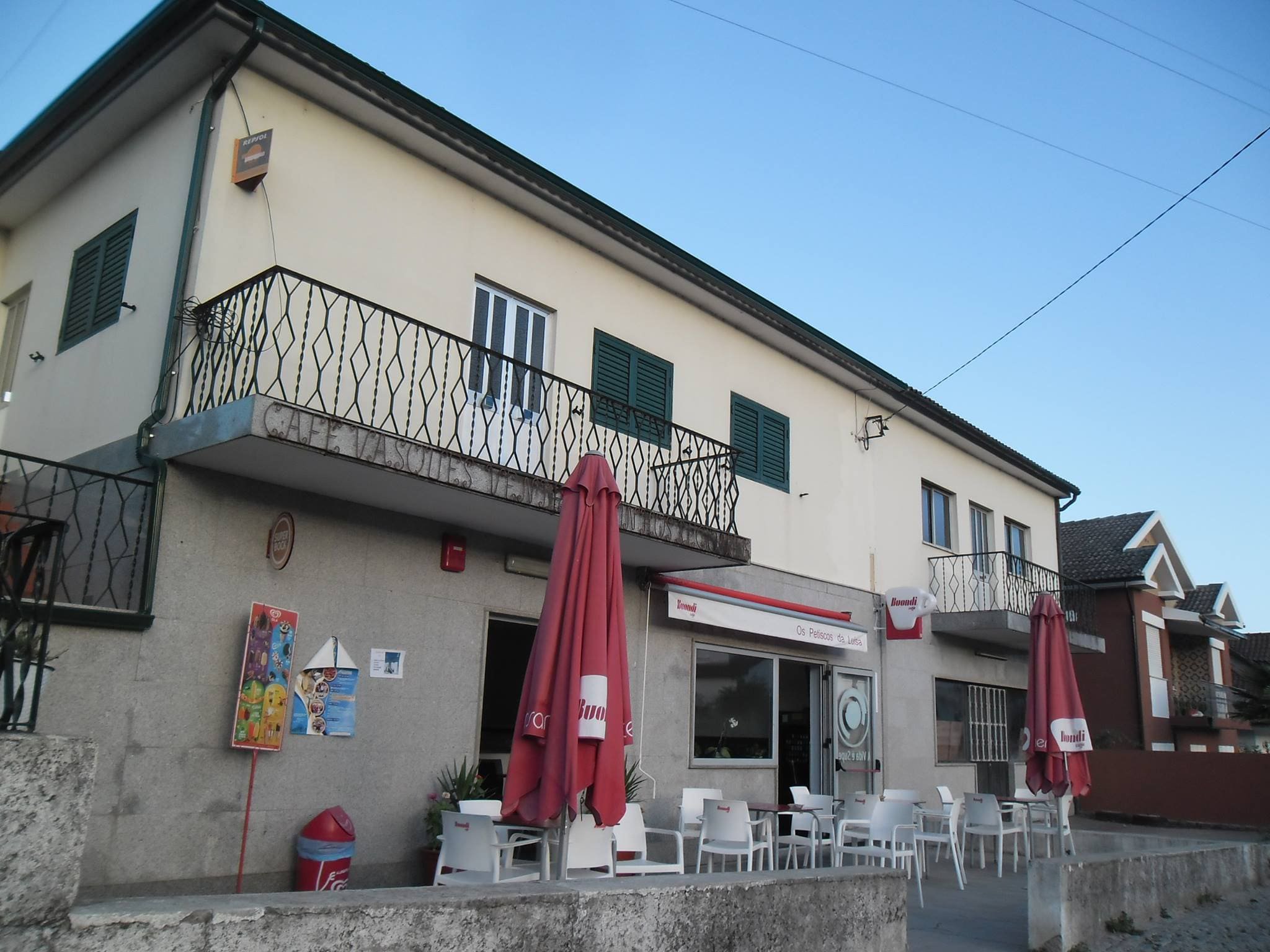
Os Petiscos da Luísa
Morada: Av. Sra do Socorro, 5070-265 Favaios
Contactos: +351 932 651 558
Coordenadas: 41.26914,-7.50362

Bread and Wine Museum
Enclosed in this simple place, there is a story that needs to be told. A story based on the values and dreams of its inhabitants. The Bread and Wine Museum, housed in a building dating from the 18th century, dynamically interprets the history of Favaios wine and bread, seeking to transmit the processes and experiences of two of the main assets of the village.
Photos
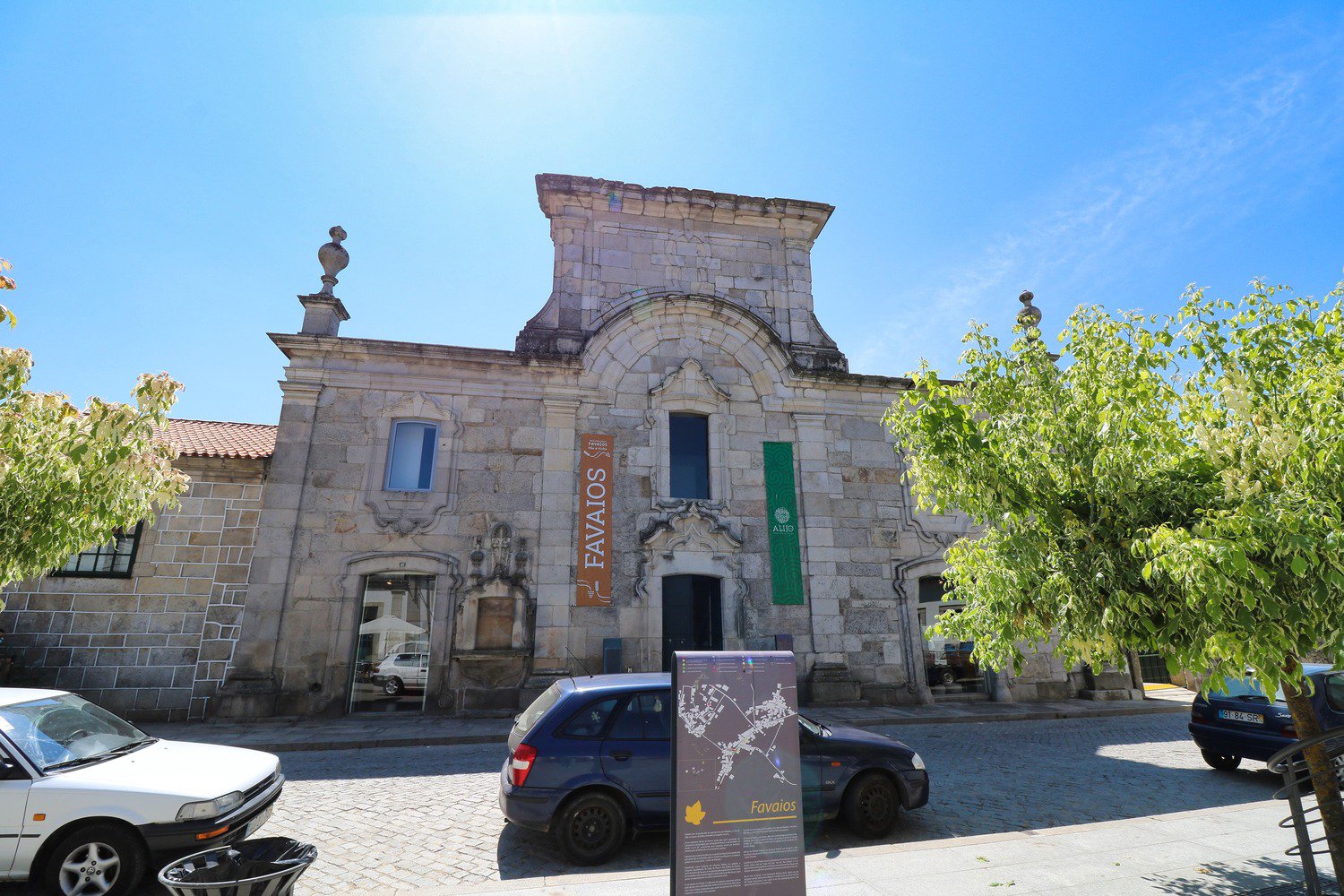
Favaios Museum - Bread and Wine
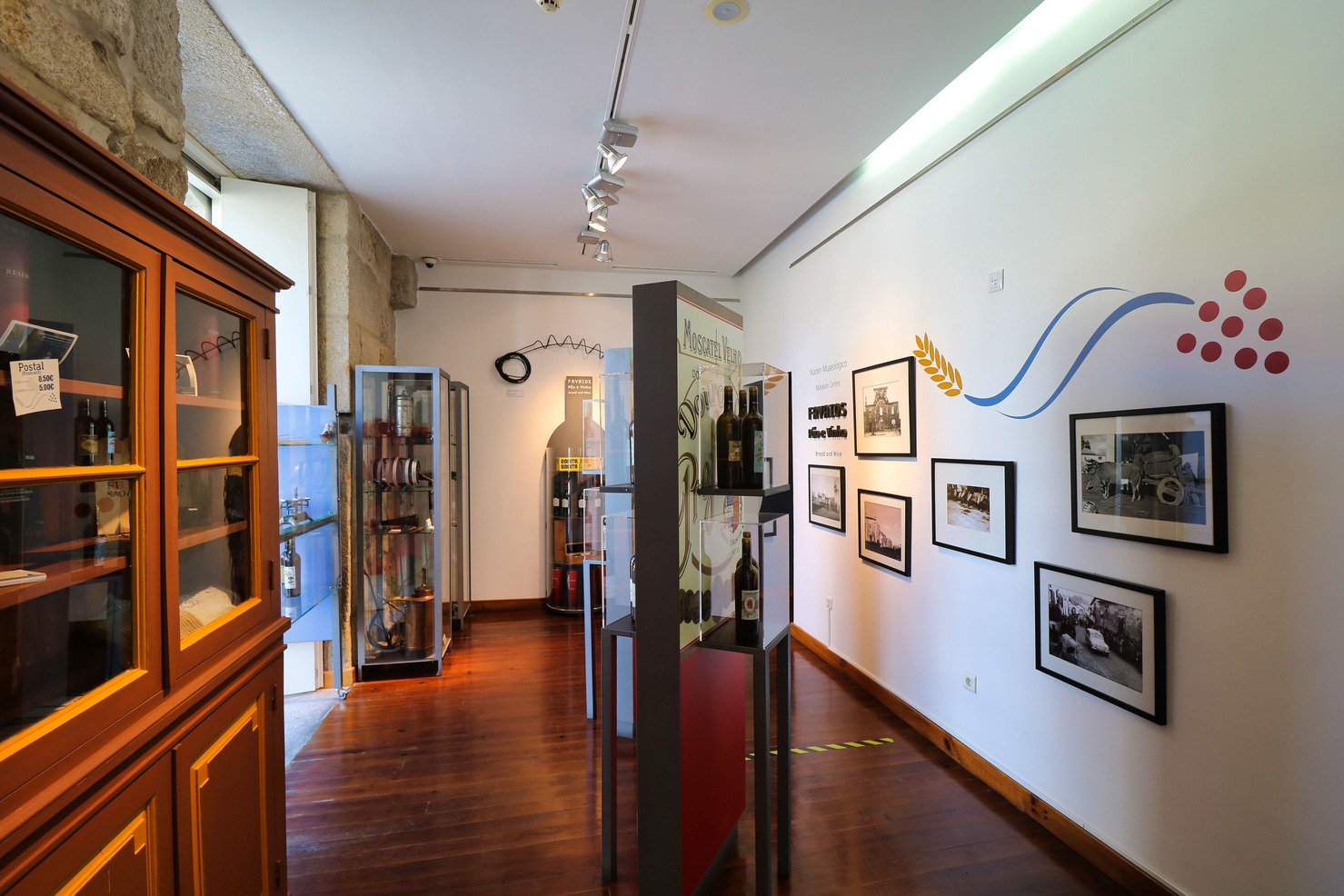
Inside the Museological Nucleus of Favaios - Bread and Wine
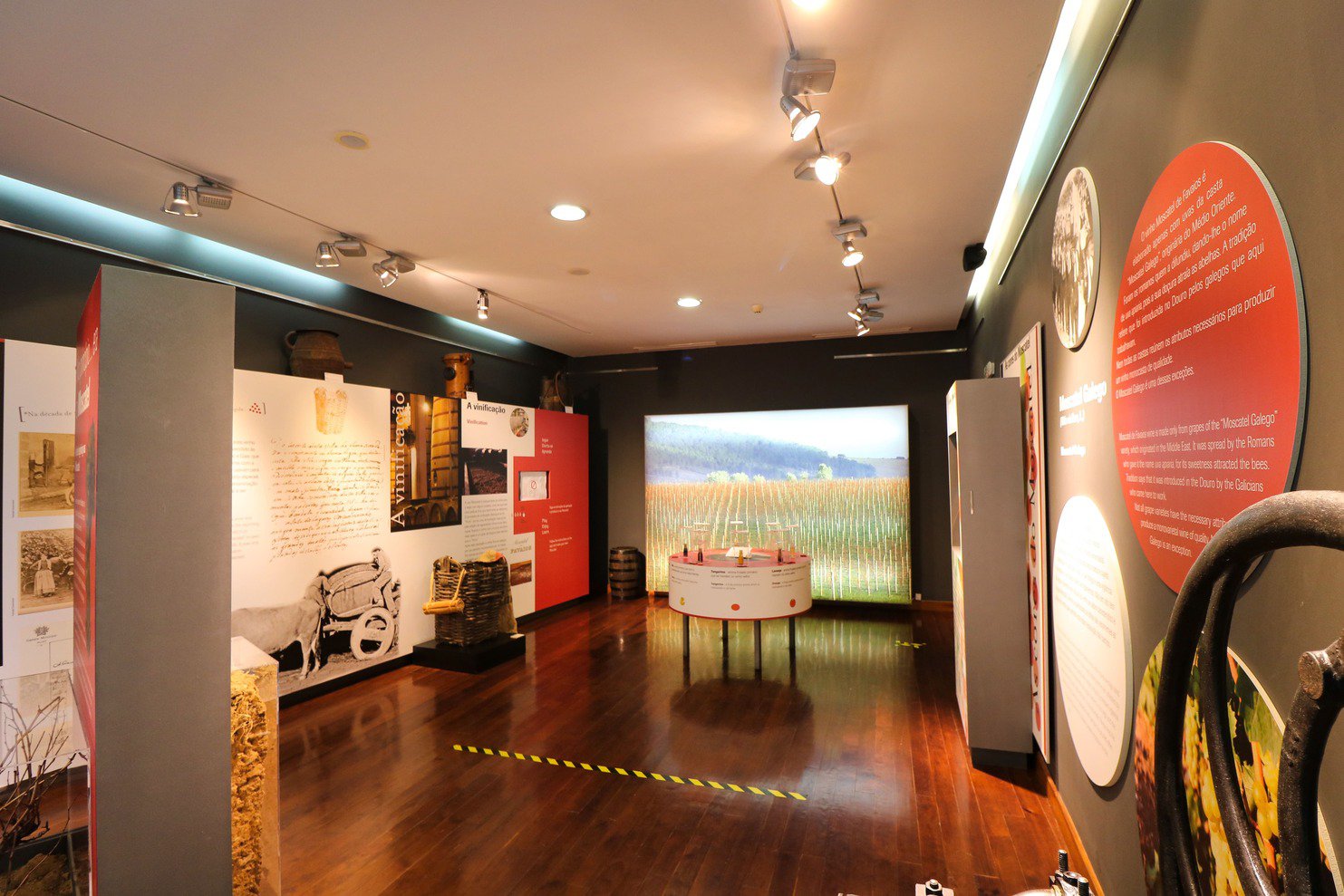
Inside the Museological Nucleus of Favaios - Bread and Wine
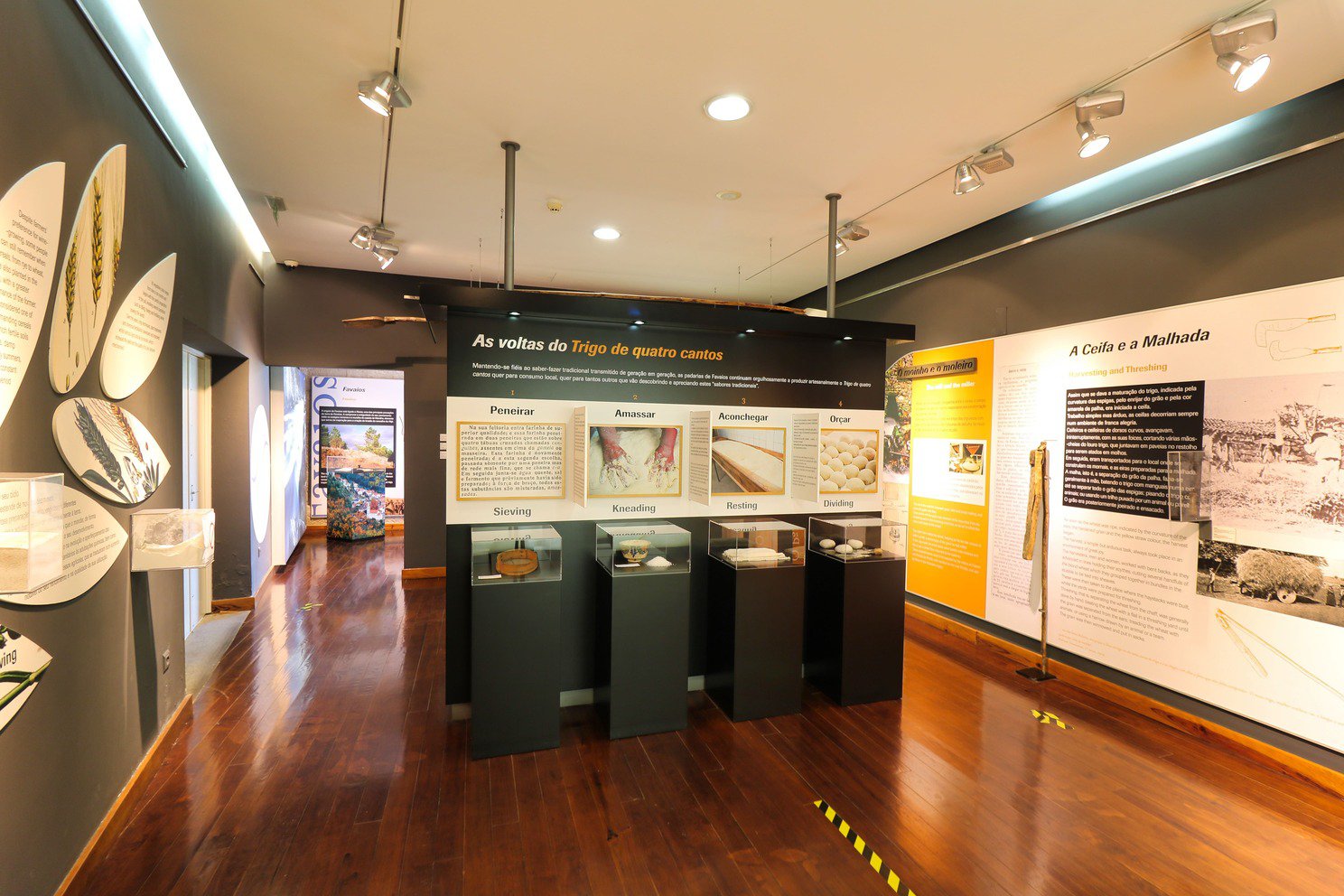
Inside the Museological Nucleus of Favaios - Bread and Wine

Balcony of the Favaios Museological Nucleus - Bread and Wine
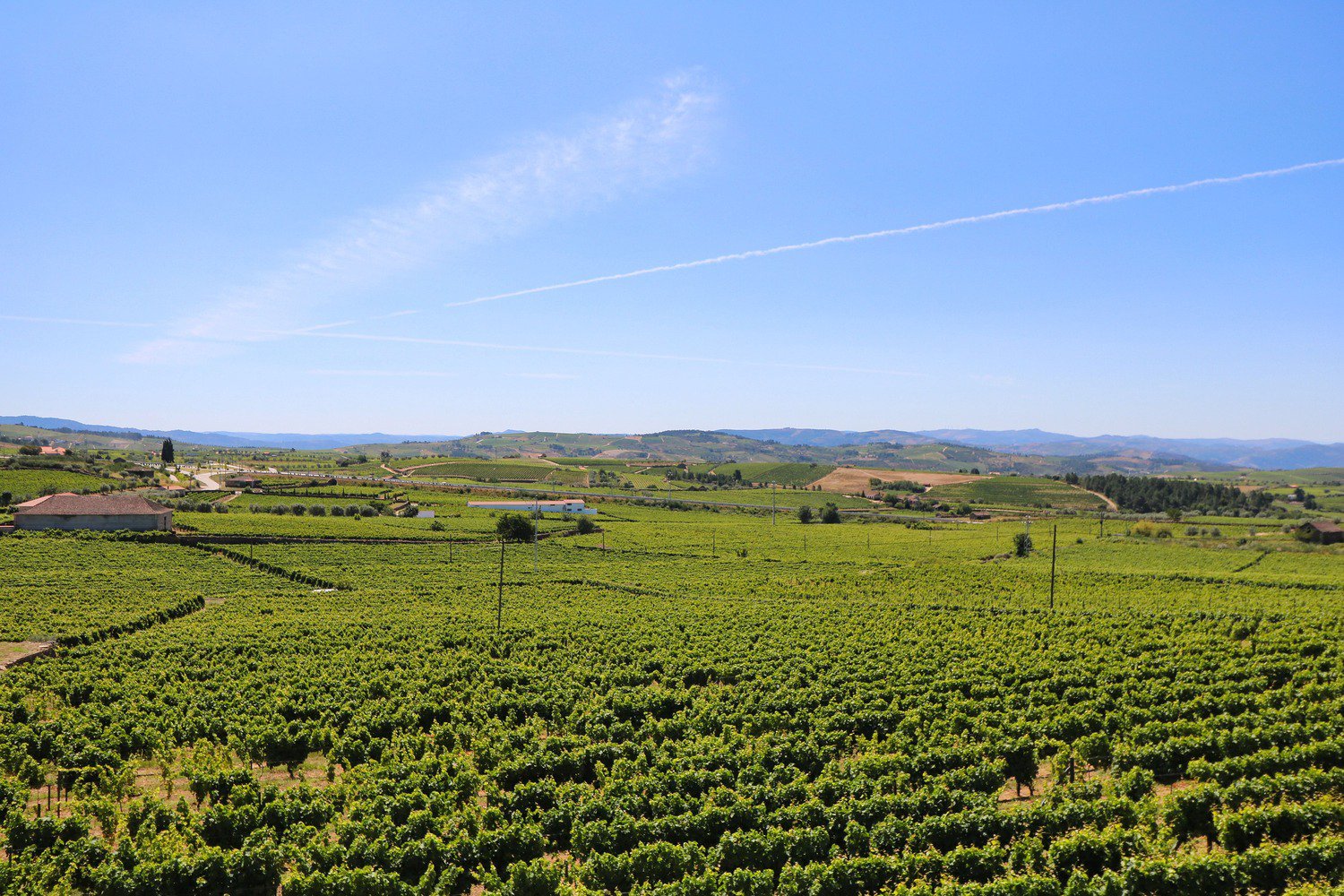
View from the Balcony of the Favaios Museum Centre - Bread and Wine
1 / 6

